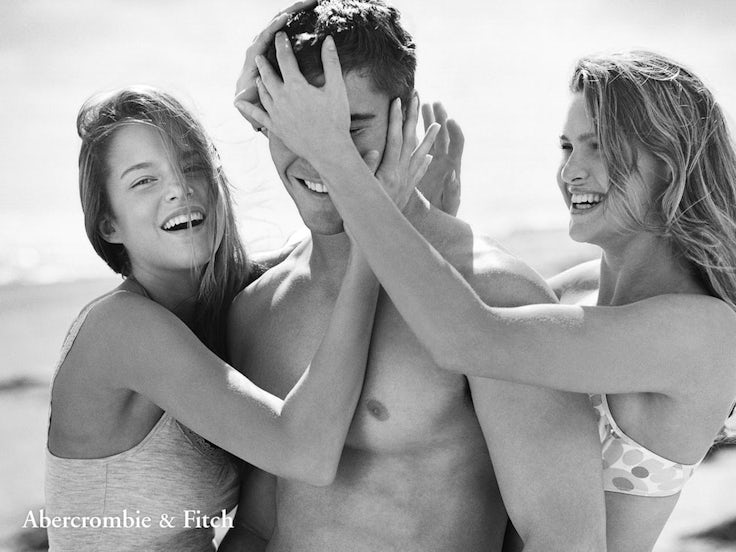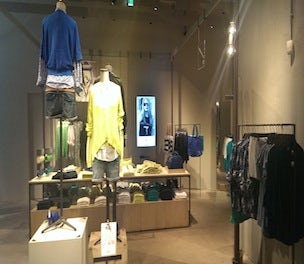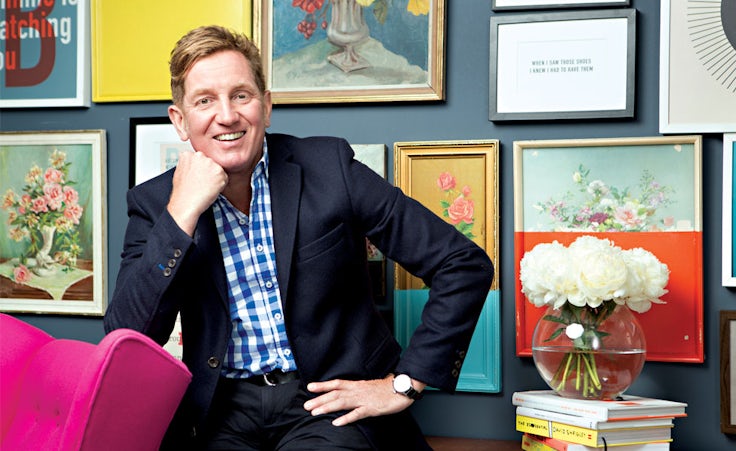Abercrombie & Fitch brand requires ‘complete overhaul’
Abercrombie & Fitch’s controversial CEO Michael Jeffries stood down this week, but it will require a wholesale overhaul of the brand and its marketing to turn its performance around.

Jeffries’ retirement, which is effective immediately, comes as the once cool teen clothing chain’s sales continue to decline. It has now posted 11 consecutive quarters of same store sales declines and revenues fell to £911.4m in its most recent quarter, from £1.03bn a year ago, a performance that Jeffries described as “clearly disappointing”.
However, it is not just sales that are suffering. Figures from Millward Brown’s BrandZ brand equity database show that consumer perceptions of the brand are in decline. That, says Millward Brown’s senior client director Martin Guerrieria, means “it is no longer in a strong position to grow in the future”.
The brand
A&F’s brand valuation has declined by 69% since 2007, according to Millward Brown’s BrandZ, which measures financial value multiplied against a brand contribution measure based on interviews with 170,000 consumers.
According to Guerrieria, A&F’s brand “increasingly lacks meaning” versus its competitors. Although consumers still see them as “different”, this figure has been hugely eroded over time as rivals such as American Eagle, Urban Outfitters and Superdry encroach on its territory.
In 2007, Abercrombie & Fitch’s “Difference” index – the ability of the brand to differentiate itself from competition – was 170 for men and 163 for women. Last year that dropped to 128 for men and 127 for women.
Millward Brown has found that meaningfully different brands capture five times more volume, command a 13% price premium and are four times more likely to grow value share compared to brands that lack meaningful differentiation.
“The implication of these factors is a reduced demand for the [A&F] brand and a much reduced ability to justify a price premium,” adds Guerrieria.
Exclusionary marketing
A&F made its name by offering clothes aimed at the “cool kids”. Its marketing was exclusionary, its store assistants were young, attractive and, often, models. It also refused to stock bigger clothing sizes. In 2006 Jeffries told magazine Salon that Abercrombie & Fitch’s clothes were only for thin and attractive teenagers.
This worked when the vision of a “preppy, all-American youth” was dominant image of culture, says Conlumino analyst Anusha Couttigane. However, she says this is no longer the case and that A&F has failed to move with a market in which teenagers demand fast-fashion at low cost, not a premium unchanging proposition, she adds.
“The insinuation that A&F’s products are designed to be worn exclusively by attractive, athletic young people is extremely alienating.”
Anusha Couttigane, Conlumino senior fashion consultant
“The chief commercial problem is the brand has failed to respond to changing shopping patterns. The insinuation that A&F’s products are designed to be worn exclusively by attractive, athletic young people is extremely alienating for consumers who do not fit this bill, and no doubt this has lost the retailer custom over the years.”
Marketing overhaul
A&F has made some attempts to change its image. It has removed its logo from a range of its products to give them a more understated look and introduced more loose-fitting styles. The stores have been revamped, with its Hollister brand introducing better lit stores, quieter music and reducing the amount of fragrance spritzed around the store.
Its marketing has also begun to adapt. The shirtless models are gone, replaced with images of the store’s clothing. It has also made a push onto Instagram to boost its appeal to teenagers.
However, Couttigane says this needs to go further. The brand’s reputation has been put on the line, with social media making it easier than ever for people to voice their dissatisfaction with the A&F “ideal”, while it has suffered brand dilution caused by rising competition, she says.
“If it is serious about re-engaging the market, it needs to send a clear message that its brand is no longer aesthetically elitist. Really this means a complete overhaul of marketing.
“The company has to establish a new brand image that is inviting and identifies with a much wider customer base. Secondly, A&F needs to make good on its promise to do this by introducing new ranges that cater to broader needs and demonstrate a keen awareness of trends, both in terms of fashion and consumer expectations.”







